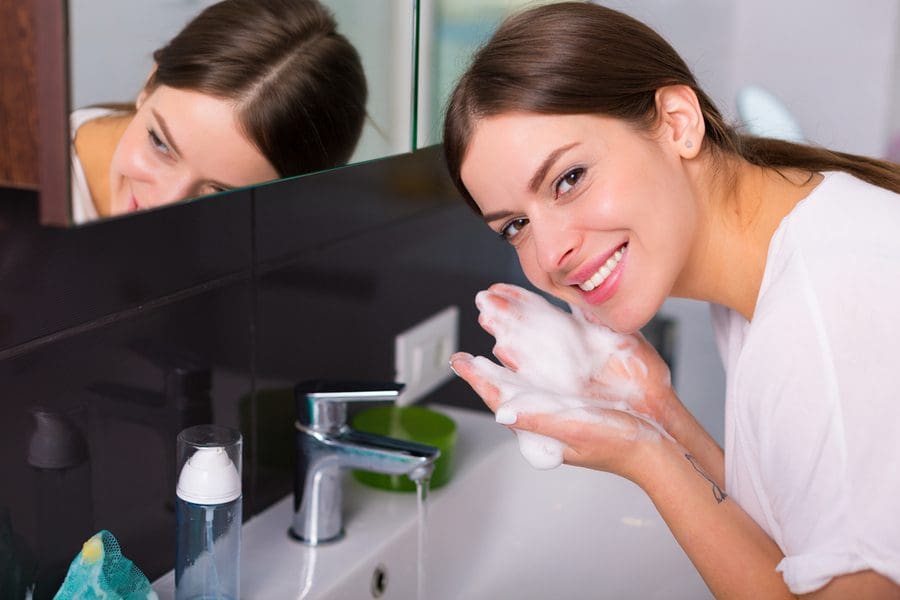Cleansing is one of the most critical parts of a skincare routine because it gets rid all of the dirt and sebum our skin accumulates during the day and night and sets a base for all the products that follow it.
What Defines A Gentle Cleanser?
Like most skincare products, this varies from person to person, but generally, gentle cleansers are made without irritating ingredients. When picking a cleanser, have in mind what your general preferences are with ingredients and determine what your skin type is. They also don’t leave the skin feeling stripped, tight, or dried out. Many gentle cleansers come in gel, milky or creamy consistencies that are lightweight and easily spreadable.
Gentle cleansers are formulated in a way that has little to no fragrance, is non-comedogenic and hypoallergenic.
Surfactants
Surfactants are ingredients that help the cleanser foam up, and this allows the extra sebum and the dirt to be thoroughly washed off with water. Typically, regular face cleansers use sodium surfactants to help the product foam up. However, gentle cleansers usually use coconut-based surfactants to help the cleanser do the same job in a much milder way. This helps the cleanser not to leave your face feeling tight after cleansing.
pH Level
pH levels make a product either more acidic or alkaline. Cleansers with higher pH levels can leave the skin feeling drier and tighter. Cleansers with higher pH levels are aimed for oily skin types that need a deeper cleanse. You want to use gentle skin-pH friendly cleansers to avoid stripping your skin of natural oils.
Fragrance
Sometimes, a product can include essential oils even though it states it doesn’t have any fragrance. However, this doesn’t mean you should throw the product out. Few people are irritated by essential oils, and some can be beneficial to the skin. If products contain essential oils, it is in small concentration. For cleansers, the concentration of essential oils typically ranges from 0.01% to 0.1%.







